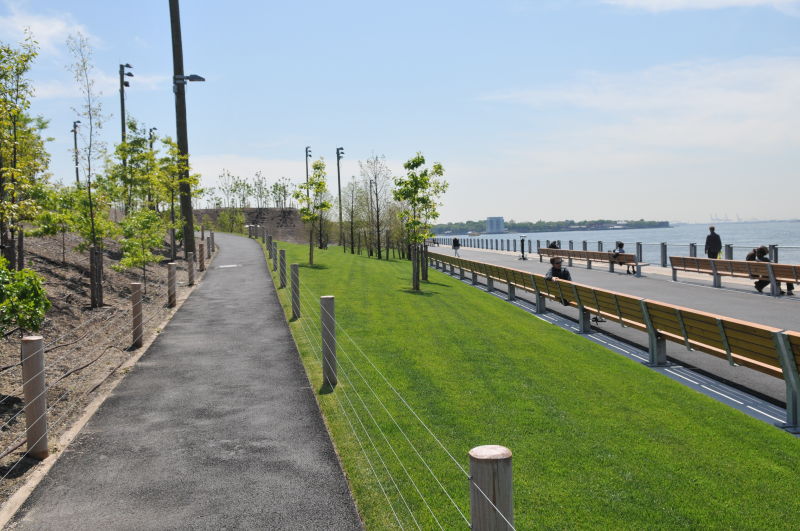SeamusMcFly
Senior Member
- Joined
- Apr 3, 2008
- Messages
- 2,050
- Reaction score
- 110
jass is injecting a really important element to this discussion.
This whole fiasco is not about binary racism, or the logic of fairness.
It is about how people feel. Counting one basketball court is a snide rejection of a thoughtful point of discourse.
This discussion is about the fact that the planners and officials could have done better.
I am pro-growth and pro-seaport for crying out loud. But the fact of the matter is, they could have done better (in a lot of ways, but this particular discussion is about fostering a sense of inclusion in a designed-from-scratch neighborhood). They should have done better because a) its the right thing to do, and b) because some amount of public money was spent, so why not be strategic about the use of that money toward the betterment of the lives of the full cross-section of residents and taxpayers.
Taking the high-road means ensuring that review committees are cross-sectionally representative. It means making sure offsets are optimally spent. This isn't about overt racism (this time), it's about making a freaking effort (because your residents are telling you an effort needs to be made). These residents are not acting entitled about being able to afford luxury housing.
I am honestly a little bit appalled by the total-brush-off this discourse is getting from the (presumably) white contributors to this site. NO one is asking to cancel seaport development plans, only to add a few subtle considerations to the development and planning process. How hard is that, honestly?
jass I guess we're in it alone on here.
Nah, just because I made a glib comment doesn't mean I ain't with this idea. It's not trolling, it's being real.
Basketball vs. tennis is a poor comparison. In (yes this is anecdotal) my working class town (Rockland) growing up. We had both. The tennis courts were always in severe disrepair, and I think I tried to use them a total of 3 times with some second hand racket I may have pulled out of the trash. Our basketball courts were always well used, despite the fact they were not cared for by the DPW. We would replace nets (or chains) and even rims to make sure we had courts. Our demographics were heavily white, with a handful of black families. Tennis courts saw little to no use by anyone.
Now, living in a much more diverse city of Brockton. We still have parks with basketball and tennis courts. The use, to the best of my knowledge, is almsot the same as when I lived in Rockland. Just with more black, cape verdean, and brazilian kids using the courts than in my old town.
Tennis is a sport generally for the rich. Not just any single color of rich, but in general in this country that has meant white. Newport has long been a bastion for this. It's a sport for those who send their kids to camps, and pay for lessons.
Basketball is for kids who have shorts, sneakers, and enough money between them to get a ball or two. This is why it is heavily inner city and poor neighborhood approved. The last 40 years have done a great job of marketing the sport to blacks, and it now has a very ethnic feel to many people now. It is not however a sport for black people. The same as hockey or golf are not sports for white people.
Perception can be reality to many people, but saying tennis courts over basketball is inherently racist is not fair in my opinion, but I can understand the sentiment. I also think of it as class-ism, because as someone who is not black, I have also felt class-ism in this regard. Growing up in a blue collar town surrounded by fairly well to do towns, you see a lot of it. I cannot compare that to the racism felt by any ethnic group because, it is not even in the same ballpark, but I also try not to see everything as racist at first blush. I feel too many people do, because if you go looking for racism, whether it's there or not, you'll find it.


